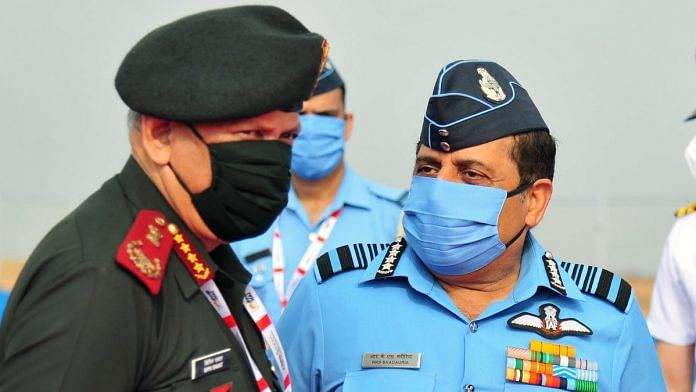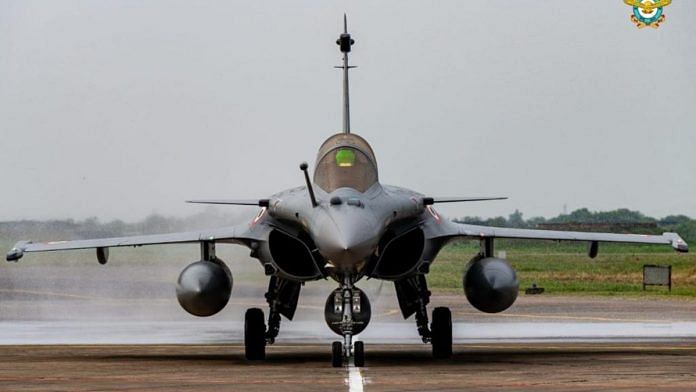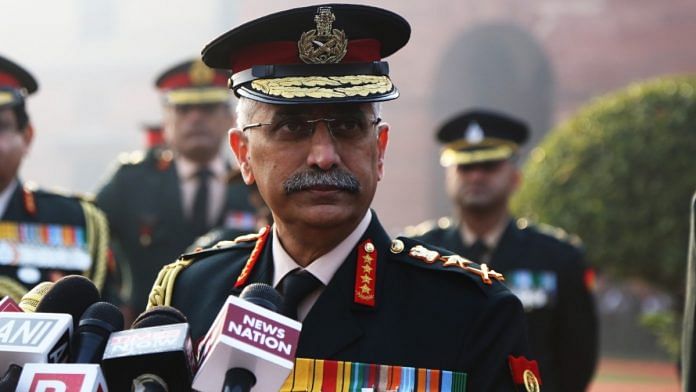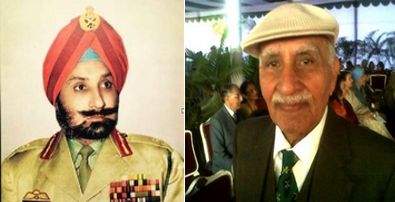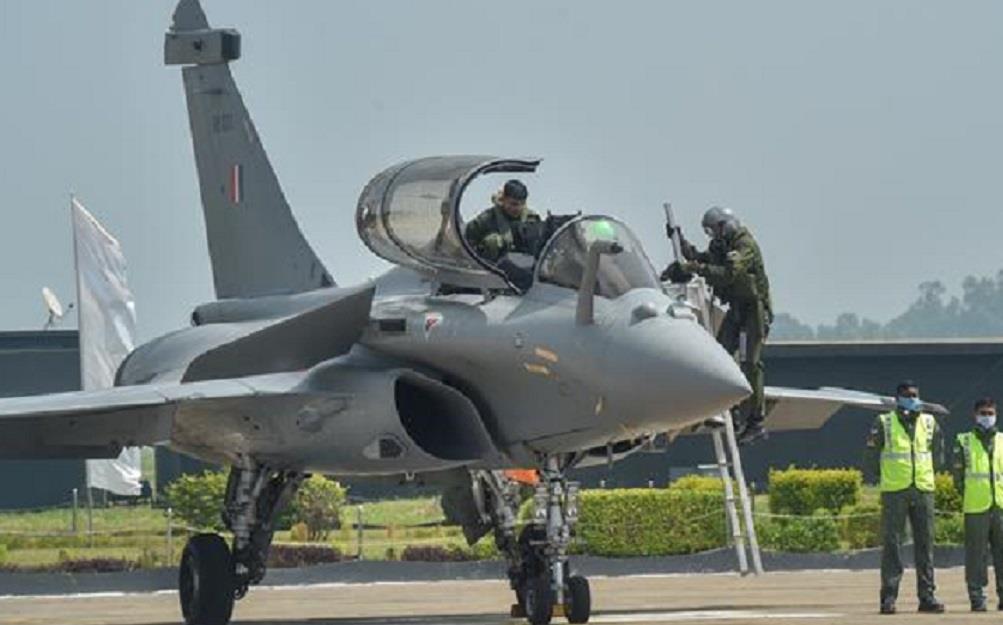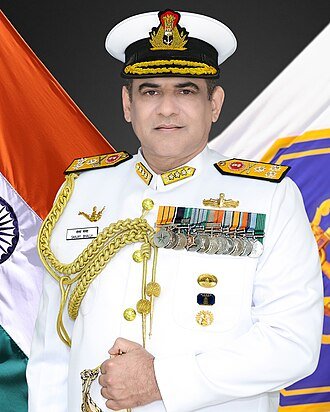
Many issues and questions around theatre commands collided furiously when General Bipin Rawat, the Chief of Defence Staff (CDS), gave an interview to a television channel on 2 July.
There is a mighty war raging across India, and it is called ‘Theaterisation’. The legions of this epic conflict are filled with countless sturdy belligerents, who strike to cut through the battle ranks of cyberspace, with the dash of an Alexander at Gaugamela, a Zhukov at Kursk, or a Harbaksh Singh at Asal Uttar.
But who exactly is fighting whom, and why, is not too clear.
The crux of the clash lies in an ongoing transformational military process being devised by the Indian government — the administrative and operational amalgamation of the three services into integrated commands, whereby, the army, the navy and the air force would function in synchrony, in different, geographically well-defined theatres of activity, under one hat, to achieve specified political objectives.
As an organisational concept, then, Theaterisation makes perfect sense, because it cuts costs, optimizes resources, improves focus of charter, prevents duplication, reduces response times, enhances mobility, dovetails disparate logistics, consolidates material requirements, and holistically melds olive, blue and white into the grey steel of a single, deadly blade.
Indeed, some large militaries of the world have already implemented this concept successfully, and made Theaterisation the new benchmark for efficiency. This transformation becomes all the more necessary in the present age, in which, there is a higher probability of a lethal threat being issued by the click of a mouse, or upon an un-manned platform, than from the barrel of a rifle.
That is the extent to which remote sensing, emergent technologies, and digitalization have radically altered the very nature of both threats and warfare. In such a bewildering environment, how does one reconcile a boot on the ground with a guided missile approaching at supersonic velocity, or a fighter jet racing to interdict bandits, with ten lines of surreptitiously-inserted code that could disable its avionics to fatal effect?
What if, surreal as it sounds, a tactic can also function as a strategy?
It is this blurring of traditional lines between threats, responses, services and functions, which has now finally propelled the Indian government to embrace Theaterisation as the way forward. But, there are multiple issues which need to be resolved, before this truly historic transformation of the Indian military is achieved.
This is where the acrimony and belligerence outlined at the start comes in.
Part of the problem is organisational, and part of it is administrative. How do you get three services with disparate styles of functioning to work as one? How do you define a theatre? What is the optimal degree of multi-service integration required in a particular theatre? Who would report to whom? Does anyone understand that a binary approach to solutions will not work?
Will our security be compromised if this process is executed without due application of mind? Have we thought things through enough? How much of this debate can take place in the public domain without hurting national interests?
And what do we do when the issue gets severely politicized? (You can bet it will, because this is India, and we are like this only) All of these questions, and many more, collided furiously when General Bipin Rawat, the Chief of Defence Staff (CDS), gave an interview to a television channel on 2 July.
With it, a complex debate on Theaterisation was swiftly reduced to two main points of perceived concern: a demotion of the Indian Air Force, and an emasculation of Northern Army Command.
But what exactly did the CDS say to cause such furore, and what is the truth?
First, he said that the entire Indian airspace would be integrated into one Air Defence Command, to counter diverse threats, from drones and artillery shells, to aircraft and missiles.
Second, he said that the security of the Indian Ocean region would be managed by a single Maritime Command, integrating the resources and capabilities the three services, with those of allied agencies like the Coastguard, the provincial coastal police, and central departments handling shipping and hydrology.
Even fishermen would function as their eyes and ears.
Third, pertinently, he said that two separate theatre commands would be set up, to tackle our western adversary (Pakistan), and the one to our north and east (China).
In case of a two-front war (yes, he used those words), resources would be allocated between these two theatres depending upon which one faced the graver challenge.
Fourth, with specific reference to Northern Army Command, the CDS plainly stated that there was already a unified command in place, to tackle both the twin-external threats, and internal security in Jammu and Kashmir.
But, he said, since the situation in that area was extremely fluid right now, with the risk of escalation running high, the Northern Army would, for the time being, remain as a separate Command, in addition to the two new theatre commands being created.
The operative phrase here is ‘for the time being’.
Fifth, he said that ‘the Air Force continues to remain a supporting arm to the armed forces, just like the artillery support…or the engineers’. This is the statement which got some analysts’ goat.
Ironically, the CDS’s statement on the Air Force’s supporting role was in fact only part of two broader points he was making: one, that the concept of theatre commands had already been employed by India during the 1971 war, when land, naval, and airborne assets were under the control of General Arora as he pushed into East Pakistan; and two, that a supporting role to ground forces was one function written into the Air Force’s charter, amongst others, which included the nation’s air defence as well.
Unfortunately, online tumult and agitated headline-hunting took these two separate statements out of context, and merged them into one.
As a result, it now seemed like the CDS had cast the Air Force as a junior service subordinate to the Army (specifically to Northern Army Command, as some inferred), and, that the Northern Army would not receive the manifold benefits of Theaterisation.
These interpretations are incorrect, since the CDS did not even obliquely imply thus, in his interview. Nowhere in the interview did he offer a slight, even inadvertently, to the Air Force.
Rather, he was quite vociferous on the opposite: one, that the existing structure of Northern Army Command would remain intact for the time being, while the two other land based theatre commands were set up around it; and two, that supporting ground forces was just one role of the Air Force, amidst its broader duties of air defence.
In effect, there would be three land-based theatre commands lining our northern mountain chain, plus one maritime and one air defence command; a total of five, which would come down to four when Northern Army Command is eventually subsumed, at some future point of time, by its two neighbouring theatres.
With regard to ‘fears’, that the Air Force’s already-sparse assets were being spread too thin, the CDS nearly rolled his eyes. As he patiently explained, dispersal of air assets is the norm during peacetime; formations assemble in designated sectors only when a threat emerges.
Air Chief Marshal Rakesh Badhauria supplemented this by saying that the Air Force’s reservations — and he candidly admitted that there were a few — would be resolved soon through internal deliberations.
Of course, some may not concur with this, yet it is what it is: if the charter assigned to Northern Army Command includes some elements of the Air Force in a supporting role, and if the political leadership believes that it would be unwise at present, to re-jig the Northern Army’s structure into two different theatres, then, quite frankly, commentators have little option but to defer to such views.
Besides, referring to the process and timelines for Theaterisation, the CDS was clear that he expected service chiefs to revert with firm plans only within a year or so.
It’s not like anything new is going to be implemented in the short term.
Consequently, the jeering Jominis of Jor Bagh, the grumbling Guderians of Greater Kailash, and our crafty Clausewitzs of Koramangala, most of whom can barely tell a rifle from a gun, but are presently outraging over implied snubs by the CDS to the Air Force, and a theatrical Theaterisation, would do well to gain a sense of proportion and smoke the peace pipe, if they are not to create a theatre of the absurd for themselves.








